Courreges ステンカラーコート ベルト付き 40 アンゴラ 比翼ボタン
(税込) 送料込み
商品の説明
ID:6_598B0849
\\気に入った商品お得に買える//
フォロー頂いた方限定で、商品の値段に応じて割引致します☺︎
=================
~ : 割引
~ : 割引
~ : 割引
~ : 割引
=================
コメント欄に、【フォロー割希望】と購入ボタンを押す前にお伝えください!
フォローの確認が出来次第、金額の変更をさせて頂きます。
※ご購入後は割引できません(> <)
必ず価格変更後にご購入ください。
あなたにハマるアイテム多数揃えてます☺︎
⇨#ringonoshop
その他のアウター商品はこちら→#ringonoshopアウター
ーーーーーーーーーー
⚫︎ブランド:クレージュ
⚫︎サイズ:40
《平置き実寸》
着丈:69.5
肩幅:38
身幅:46
袖丈:60
※素人採寸ですので、多少の誤差はご了承下さい。
⚫︎カラー:オフホワイト 白系
⚫︎素材:画像参照
襟内側にごくうっすらと汚れはあるものの、目立った傷や汚れもありません。
状態は写真にてご確認くださいm(_ _)m
気になる点がございましたらコメントください☆
※USED品になりますので、ニオイや状態に対し完璧を求める方や神経質な方はご購入をお控えください。
ーーーーーーーーーー
※ご購入前にご確認お願いします
・基本的に商品は中古・古着ですので、ご理解いただいた上でのご購入をお願いします
・モニタ環境によって、商品の色合いが多少違う場合があります
・配送について、梱包状態によっては設定した配送方法から変更になる可能性もあります
配送の指定がございましたら、ご購入前にお知らせください
・圧縮して発送する商品もありますので、お受け取り時にたたみシワがある場合もございます
ご理解いただける方のみご購入下さい
・トラブルを未然に防ぐため、購入前に必ずプロフィールをご確認下さい!商品の情報
| カテゴリー | レディース > ジャケット/アウター > チェスターコート |
|---|---|
| 商品のサイズ | L |
| ブランド | クレージュ |
| 商品の状態 | 目立った傷や汚れなし |

Courreges ステンカラーコート ベルト付き 40 アンゴラ 比翼ボタン

Courreges ステンカラーコート ベルト付き 40 アンゴラ 比翼ボタン

Courreges ステンカラーコート ベルト付き 40 アンゴラ 比翼ボタン

Courreges ステンカラーコート ベルト付き 40 アンゴラ 比翼ボタン

Courreges ステンカラーコート ベルト付き 40 アンゴラ 比翼ボタン

アンゴラ ステンカラーコート ベージュ-

アンゴラ ステンカラーコート ベージュ-

生まれのブランドで I44☆美品☆極上ミンク襟カシミヤコート

Theory セオリー ライナー付きトレンチコート い出のひと時に

アンゴラ ステンカラーコート ベージュ-
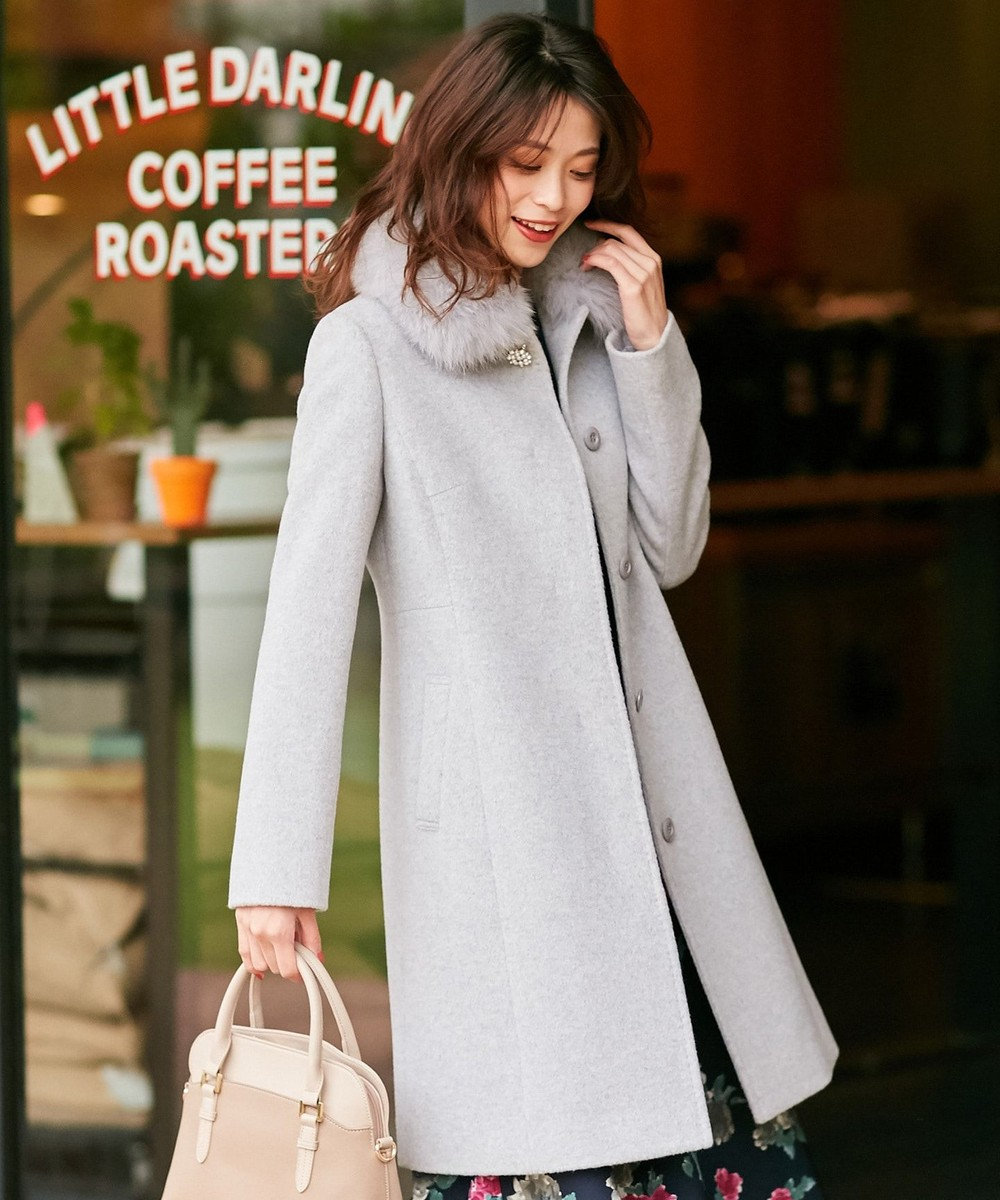
アンゴラ ステンカラーコート ベージュ-

極美品✨ ボールジィ ウールギャバジン ガウントレンチコート ウール

ボールジィ アンゴラ ロングコート 着用イメージ画像あり Yahoo!フリマ

バーバリーのコート ステッチ入り アンゴラ ノバチェック お待たせ

2023年最新】Yahoo!オークション -ステンカラーコート レディース
クレージュ courreges 市松模様 ステンカラーコート ミドル丈 デザイン

LA8405 レオナール ナイロンコート 白アイボリー 花柄 裏地デザイン 40-
23区 オンワード 樫山 ベルト 付き レディース 用 隠しボタン の

CHANEL 金ボタン付 裏面COCOマーク トレンチコート 今年も話題の 51.0
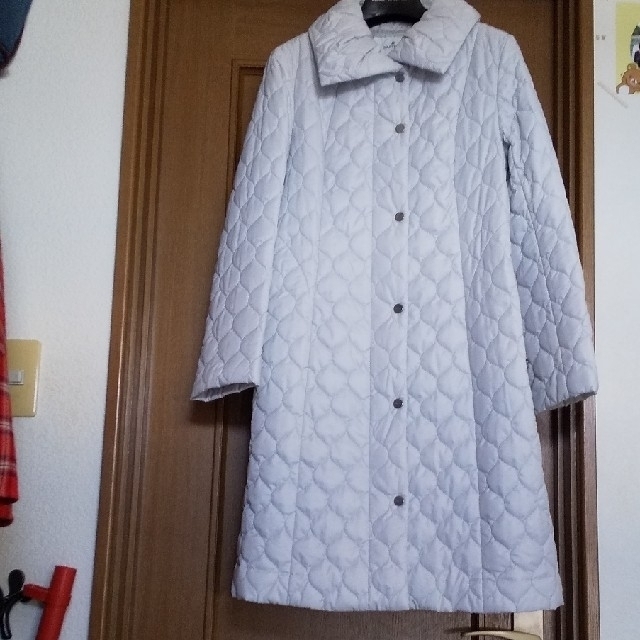
Courreges - キルティングコートの通販 by ymka|クレージュならラクマ
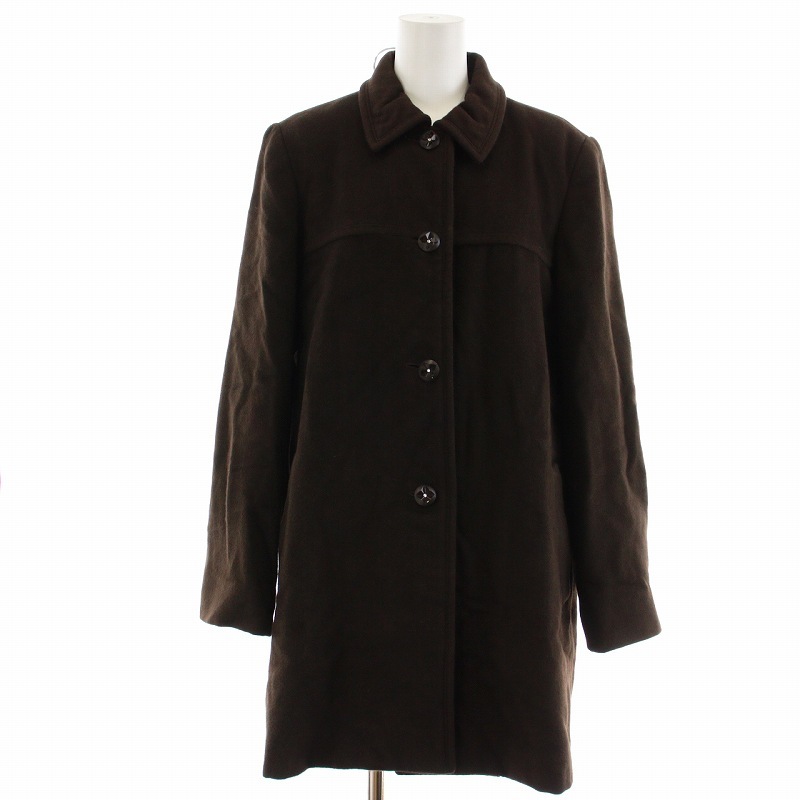
2023年最新】Yahoo!オークション -ステンカラーコート レディース

美品ヴィンテージ クレージュ ロングコート ダークパープル レディース 9号 アンゴラ混 Courreges

アンゴラ ステンカラーコート ベージュ-
クレージュ courreges 市松模様 ステンカラーコート ミドル丈 デザイン

美品☆TISSUE製☆ルネ 最高級ツイードコート ニット脱着 36 アウター

美品】Burberry's ステンカラーコート 玉虫色 ライナー付 白タグ 国内

2023年最新】Yahoo!オークション -ステンカラーコート レディース
クレージュ courreges 市松模様 ステンカラーコート ミドル丈 デザイン

【美品】Courreges ロングコート ピンク アンゴラウール サイズ40 フェミニン

レオナール ステンカラーコート アウター ロング アンゴラ 比翼ボタン

2023年最新】ヤフオク! -アンゴラ コート レディース(レディース
クレージュ courreges 市松模様 ステンカラーコート ミドル丈 デザイン

オープニングセール】 Rossa インポートロッサ ロングコート
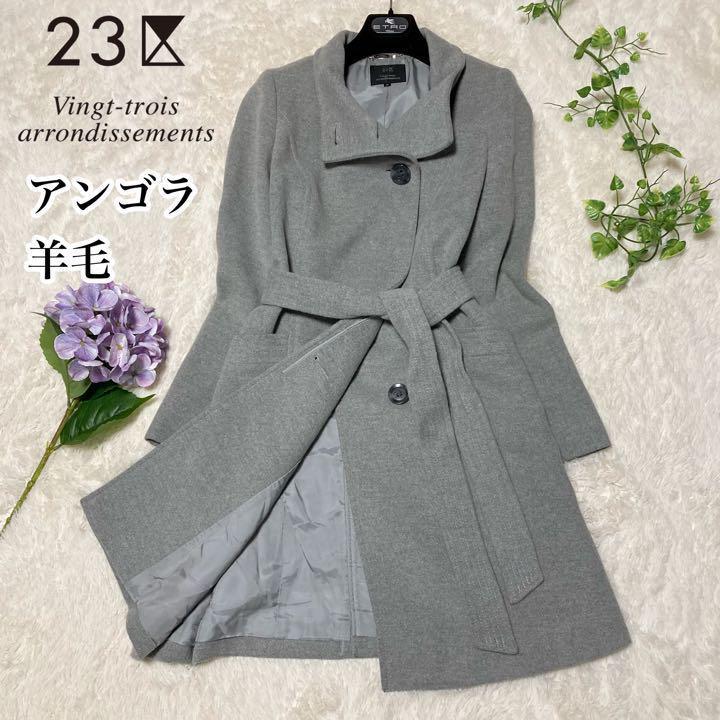
新品本物 アンゴラ・羊毛♡23区 ベルト付き ロングコート 女優襟 比翼

2023年最新】Yahoo!オークション -ステンカラーコート レディース

コート ライナー のみの通販|au PAY マーケット|5ページ目
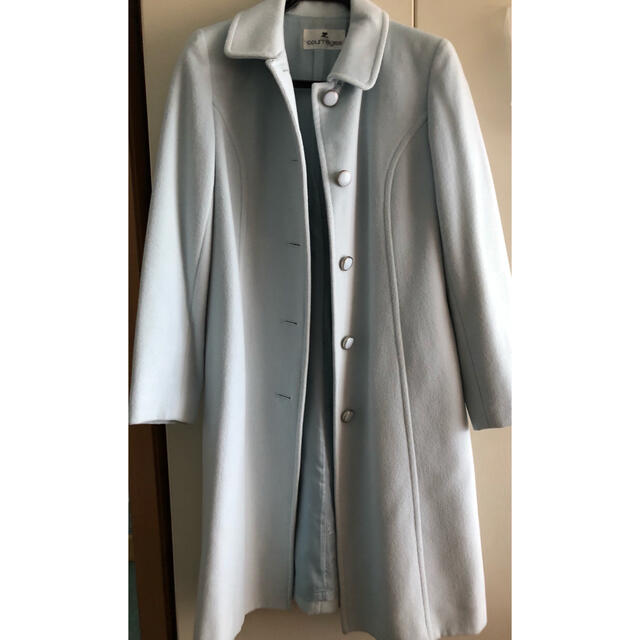
Courreges - クレージュ アンゴラコートの通販 by akoako|クレージュ

【美品】Courreges ロングコート ピンク アンゴラウール サイズ40 フェミニン

横田ひかるさん着用】袖ベルトステンカラーロングコート《S Size Line
23区 オンワード 樫山 ベルト 付き レディース 用 隠しボタン の










商品の情報
メルカリ安心への取り組み
お金は事務局に支払われ、評価後に振り込まれます
出品者
スピード発送
この出品者は平均24時間以内に発送しています














